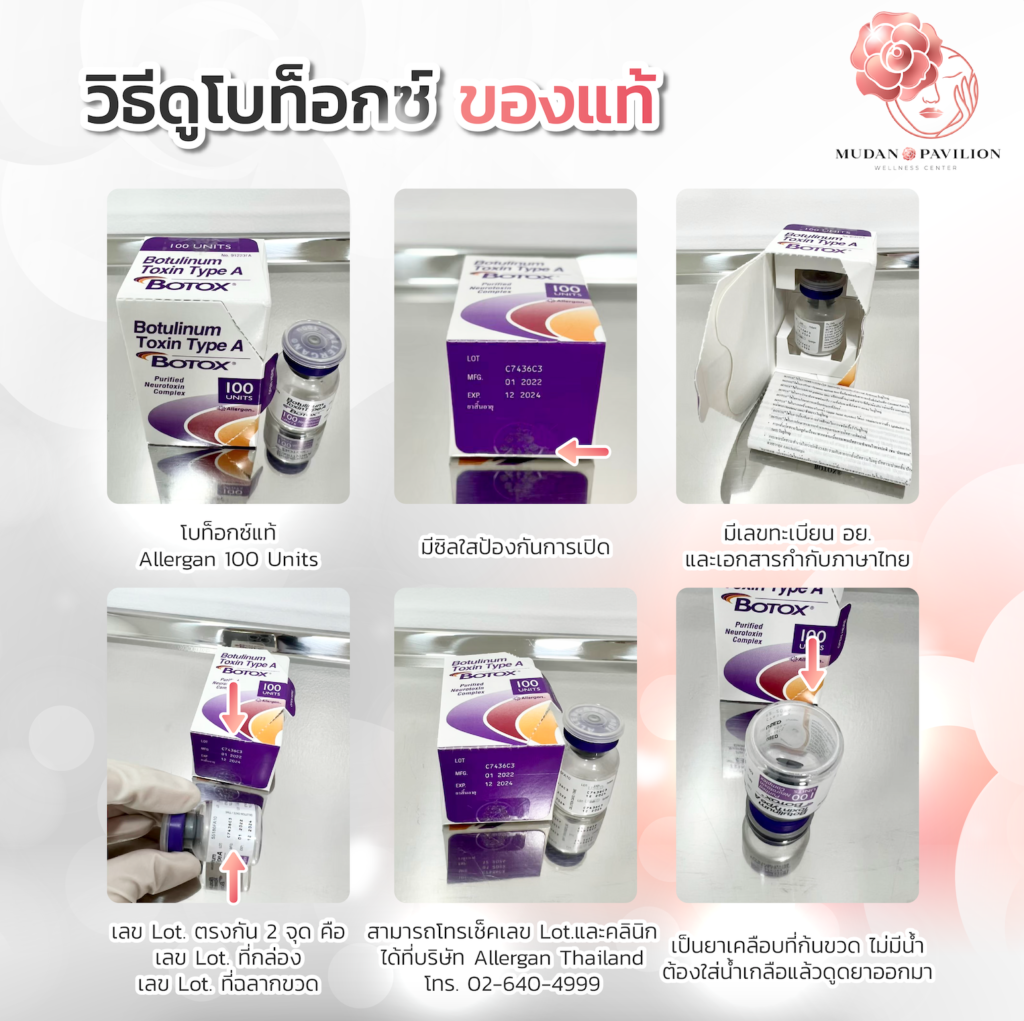Botox resistance This is a condition that many people may not be aware of, and it can occur in those who regularly inject Botox. This occurs when the body begins to build up immunity to the botulinum toxin, resulting in less effective results or a shorter duration. Many people are beginning to wonder if this condition is dangerous, and whether it can be tested to determine if they have developed Botox resistance.
Botox resistance
- Symptoms of Botox resistance include:
- Botox resistance is caused by
- What are the effects of Botox resistance?
- How to check for botox resistance
- How to fix and prevent Botox resistance
- Can Botox resistance be cured?
Symptoms of Botox resistance include:
Botox resistance is a condition in which the body of a person who has had Botox injections does not fully respond to botulinum toxin (Botulinum Toxin Type A), or may not respond at all, resulting in treatment results that are not as expected.
Botox resistance occurs when the body's immune system views botulinum toxin molecules as foreign. The body then creates neutralizing antibodies to resist and destroy the drug. This prevents the drug from binding to nerve endings, inhibiting the release of neurotransmitters and reducing muscle function.

Botox resistance is caused by
As you know, Botox is a protein-based drug. When injected into a muscle, it stimulates the body to produce antibodies that counteract and destroy the drug. This prevents the drug from working effectively and results in results that are not as expected. The causes of Botox resistance include the following:
- Botox injections that are not up to standard, low quality, or not certified by the responsible agency This is considered a major cause of Botox resistance. Because Botox is becoming popular in the beauty industry, it has led to the importation of Botox from abroad without any control over the drug. This results in the drug deteriorating or possibly becoming contaminated.
- Too frequent Botox injections Botox injections typically require a gap of at least 3-4 months between injections. If injections are administered too frequently, the body will be stimulated to build up immunity to counteract and destroy the drug. This can result in no results or no visible changes after the injections.
- Excessive Botox injections Botox injections should not exceed 300 units per session. If a large amount is injected, the substance will remain in the body, resulting in Botox resistance, as the body will build up immunity to resist the remaining substance in the body.
- Overactive immune response Some people who undergo injections may have genetic factors that make their immune system more susceptible to creating antibodies to botulinum toxin than others. In some cases, the body may metabolize and eliminate botox faster than normal.

What are the effects of Botox resistance?
Botox resistance is a condition in which the body develops an immune response to fight and destroy the injected substance. The body views Botox as a foreign substance, resulting in undesirable or no results at all. Botox resistance is not life-threatening, but it can have other impacts, such as medical and cosmetic. Normally, after Botox injections, the results will last for about 6-8 months. However, when the body builds up immunity, the results will last for a shorter period, perhaps lasting for about 4-6 months or even less. Treatment For patients who need Botox treatment, such as those with muscle spasms, chronic migraines, and excessive sweating, developing resistance to Botox can make these treatments ineffective.
How to check for botox resistance
Botox resistance can be observed from changes in the results that occur after injection. It is divided into 3 levels of severity as follows:
Level 1: Decreased efficiency In cases where the same amount of injections is used, but the results are reduced or not effective at all, such as wrinkles being reduced compared to other times or jaw muscles not being as large as before, including the shorter duration of results, which normally last 4-8 months, may last only 1-3 months, resulting in the need for more frequent injections.
Level 2: Dose escalation If resistance to Botox occurs, a higher than normal dose may be required to achieve the same results as the previous injection. However, this method is unsustainable and can be a waste of time, as even using a larger dose may not produce results.
Level 3: Unresponsive to medication Even if the dosage of the drug is increased, there may be no visible change, such as wrinkles not fading or muscle relaxation. In severe cases, resistance to all brands of Botox may occur, making it impossible to use Botox for treatment.
How to fix and prevent Botox resistance
Botox resistance causes the injected Botox to not work to its full potential. This results in less than desired results and a shorter duration of results. This also leads to increased costs. To prevent these situations, we have the following methods to correct and prevent Botox resistance:
How to solve Botox resistance
- Botox injection interval After the injection, your doctor will recommend a gap of at least 6-12 months between injections to allow your body to rest from the botulinum toxin and to allow the immune response to the drug to decrease. However, in some cases, a longer break may be necessary to achieve better results when the injections are repeated.
- Changing the brand of Botox Each brand has a different protein structure. Therefore, switching to a different brand of Botox, especially one with high purity, will reduce the chance of Botox resistance and help improve muscle response in the skin. But changing brands cannot solve the problem of Botox resistance. 100%
- Using other procedures together Such asFiller injection HIFU laser and Thermage FLX can be used to reduce the amount of medication needed and to help tighten muscles during the rest period after Botox injections.
How to prevent Botox resistance
- Authentic Botox injections certified by the Thai FDA Avoid injecting counterfeit Botox or Botox imported from overseas, not temperature-controlled, or improperly stored. This results in substandard drugs that may become contaminated, which can easily stimulate the body to build up immunity. Furthermore, you should choose to get injections at a reputable clinic.
- Injecting the right amount of Botox Normally, Botox injections should not exceed 300 units per time because injecting more than necessary will stimulate the creation of antibodies.
- Botox injections with a skilled doctor This is especially true for Botox injections, as it requires an assessment of symptoms, the amount of medication used, the injection site, the injection technique, and the frequency of injections in order for Botox to work effectively and help reduce the chance of developing resistance to Botox.
- Self-care after injection Strict self-care should be followed to allow the Botox to work more effectively and for longer, which will reduce the frequency of repeat injections.

Can Botox resistance be cured?
There is no 100% cure for Botox resistance. % This is because the body's immune system has created antibodies to resist the drug or destroy Botox. However, we can leave injections to allow the body to rest from receiving botulinum toxin and to allow the immunity against the drug to decrease for 6-12 months, which in some cases may be as long as 3-5 years. During the rest period, we can perform other procedures such as laser, filler injections, HIFU, or treatments.






